Persimmon (Diospyros kaki) is a plant of the Ebenaceae family, Diospyros genus is an exotic fruit that is probably one of the most cold-tolerant subtropical fruit plants. It is amazing that at rest the fruits can withstand -20 degrees.
Persimmon in appearance resembles something between yellow apple and red tomato. Extremely useful and tasty, it has a slightly oval or elliptical shape and deep orange color. Characterized by its four part elliptical cup.
Translated from the Greek, the name of the fruit means "divine fire". The home of this unique in nature fruit are China and Japan. Those in their lands appreciate the delicious fruit and know all about its benefits from time immemorial. As of the 18th century, persimmon is common in the Mediterranean, and then in America.
Persimmon begins to bear fruit 3-4 years after planting a tree. Flowering happens in May. At full size, the persimmon tree reaches 8-10 m, and its leaves are a specific - large oblong shape and saturated in oil.
Varieties of Persimmon
As a representative of the subtropical climate zone, persimmon and its cultivars are highly resistant to frost or low temperatures. There are 5 types of persimmon :
- Fuyu - a popular variety of persimmon with a rather sweet and crunchy fruit. In shape and size are slightly flattened and is of medium size. The fruit starts to mature when its color changes from green to orange;
- Suruga - these are larger types, with their typical orange-red color. Ripen in late October, early November and have very thick and sweet interiors;
- Giant Fuyu - this variety persimmon is long and coarse. There's even a reddish color when immature. At full maturity, the color is dark red. The tree of this variety is low and the persimmon ripens in October;
- Jiro - that is perhaps the most popular variety of persimmon in America. They themselves are quite large and have a very good quality;
- Costata - this variety of persimmon has a strong conical shape. Matures in October and is characterized by yellow and tart flavor, which gets highlighted in adulthood.
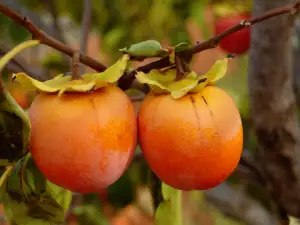
Composition of Persimmon
The tasty and exotic persimmon is a bomb of nutrients to the body. It contains significant doses of potassium, calcium, phosphorus, sodium and iron, vitamin C, P, PP, B1, B2, E and glutamic acid. These fruits are full of sugars (glucose and fructose 13-19%), pectic substances and dyes.
This makes the fruit very edible. In ripe pomegranates, the amount of sugar is 17-18%. 100 g of persimmon has: 127 calories, 0.4 g fat, 33.5 g carbohydrates, 64.4 ml water, 100 ml of potassium. The glycemic index of persimmon is 44.77.
Selection and storage of persimmon
When choosing Persimmon, you may notice that most of the fruits are slightly rotten. This is normal and in most cases, it is a sign that the fruit is ripe and delicious. Choose relatively hard ones and without physical damage. Good ripe fruit is consumed quickly because they have no durability.
On the market, you will find persimmon, which is sold after being picked green. This is to ensure a long life, but do not consume immature fruit that resembles a pink tomato.
This does not mean that you can not buy such persimmon. Once home, just leave the fruit on the windowsill and wait for them to color the better. For most delicious persimmon is considered, that from a mature tree and acquired soft and sweet texture of the branch itself.
Keep persimmon in fridge, preferably in the lower compartment, dedicated to fruits and vegetables. There, the fruit can stand for up to two weeks. Do not freeze it.
Culinary use of Persimmon
The culinary use of persimmon is not great, because it is best just to eat the fruit raw. For this purpose it is necessary to remove the skin, as well as stone at the heart of persimmon. The rest of the fruit is a fleshy and tasty part that you need to eat immediately.
All valuable substances in persimmon can survive only if it is raw. Do not expose to heat treatment, but simply put it as a garnish or decoration for cakes. With persimmon, you can make sweet and savory creams and put it in a cake or pie.
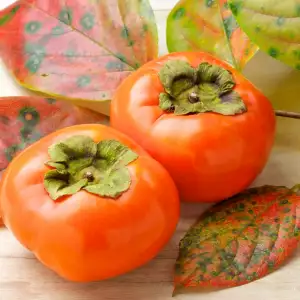
The fruits of persimmon can be used to prepare syrup or fruit sauces, various jellies, jams and marmalades. It is easy to prepare homemade persimmon syrup. For this purpose, peel and finely cut multiple fruits, pour hot water in for 5-10 minutes and then strain the water. Pour the juice into bottles and store in a cool place.
Benefits of Persimmon
The bright orange color of the persimmon suggests a high content of beta-carotene which is essential for vision and protects the skin from premature aging. With its vast amounts of vitamin C, persimmon was used as a successful tool to treat scurvy centuries ago. Vitamin C helps to deal with viral conditions and in combination with beta-carotene, the vitamins ensure a strong immune system.
The vitamin PP in Persimmon successfully fights fatigue, depression, makes our skin healthy and without acne and makes the hair glow and acquire good structure. The magnesium in persimmon is important for the work of the heart, potassium strengthens the cardiovascular system, fights anemia and iron.
Even today, folk medicine used persimmon for anemia, impaired function of the gastrointestinal tract and other seasonal ailments like flu, colds, because it helps our power of resistance.
Because of the high content of vitamins and low doses of lycopene, persimmon is an excellent antioxidant that reduces free radicals and fights melancholic moods, especially during the winter months.
Most valuable in the persimmon crop is sugar. It is quite a good helper in cardiovascular disease, as well as high blood pressure. Persimmon has its diuretic action, 3-4 fruits a day are better than pills to regulate blood pressure.
On top of that, persimmon is a loyal friend to those of us who want to get rid of some unnecessary weight. The fruit provides many valuable substances, while containing fewer calories and effectively manages to create a feeling of fullness that lasts longer. Persimmon is highly recommended by nutritionists for overweight people.
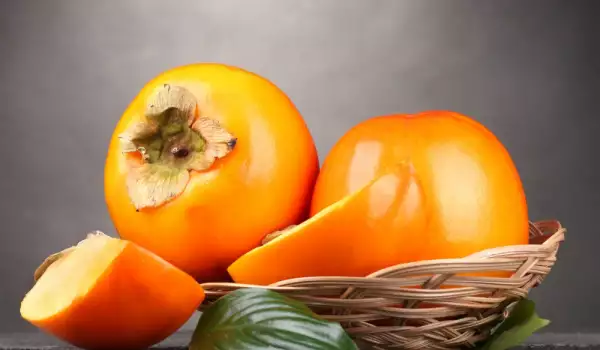
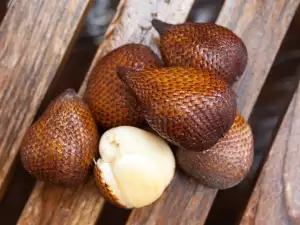
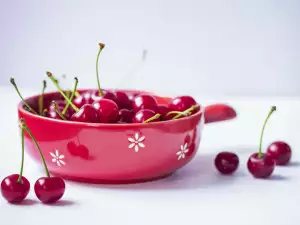

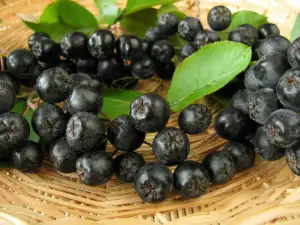
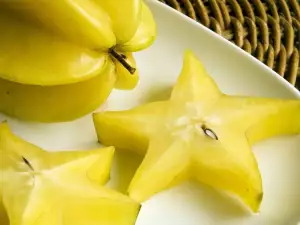
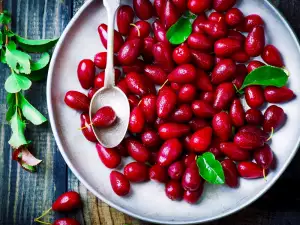
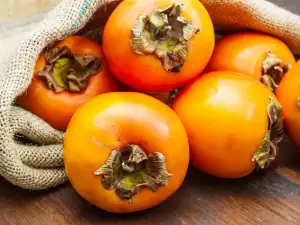
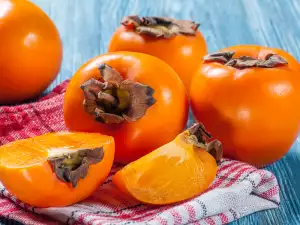
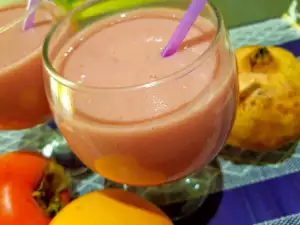
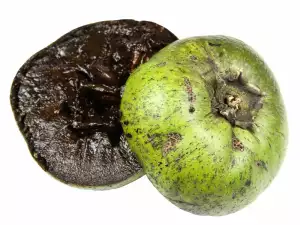
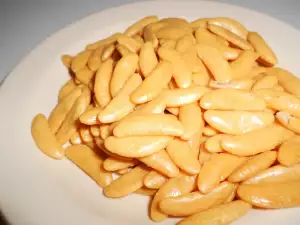





Comments